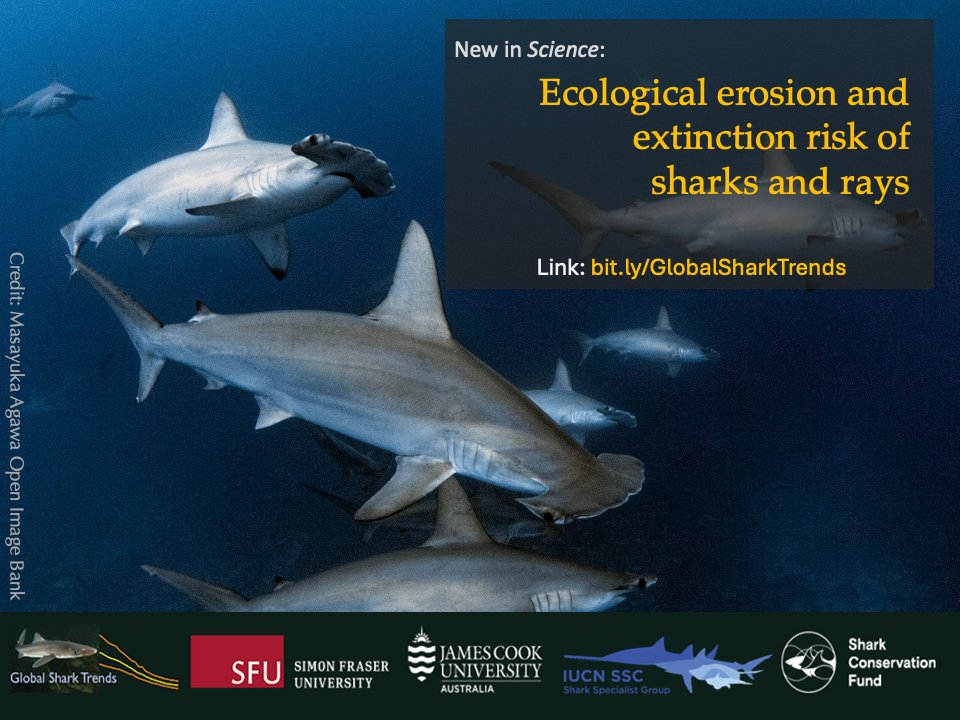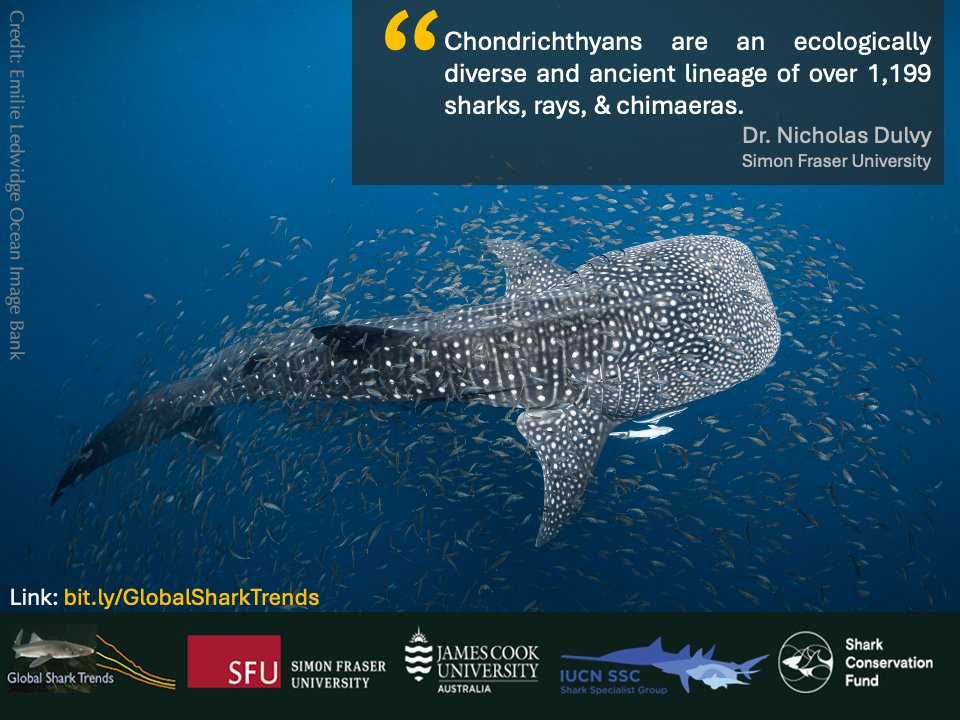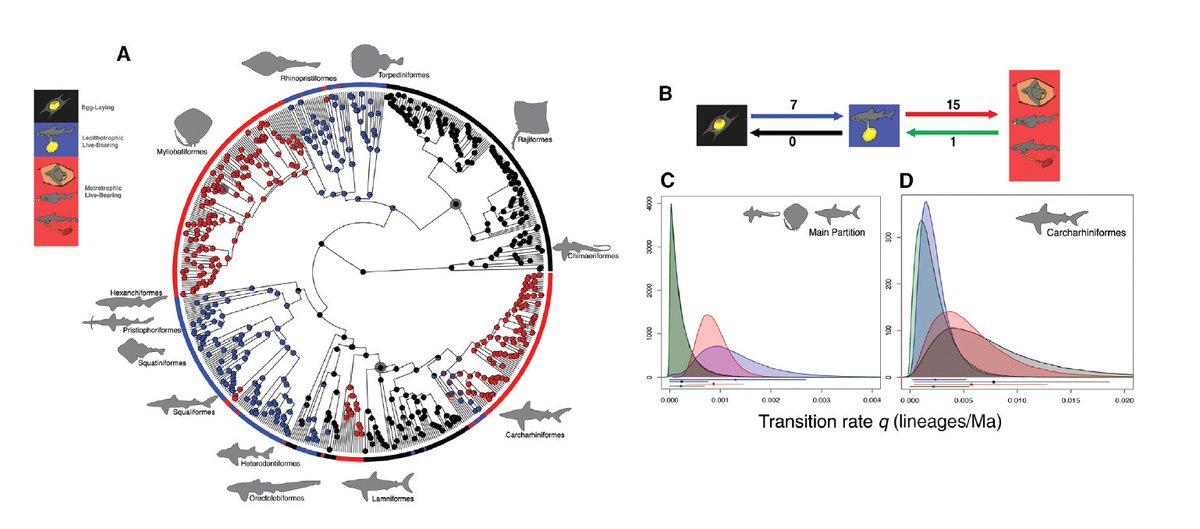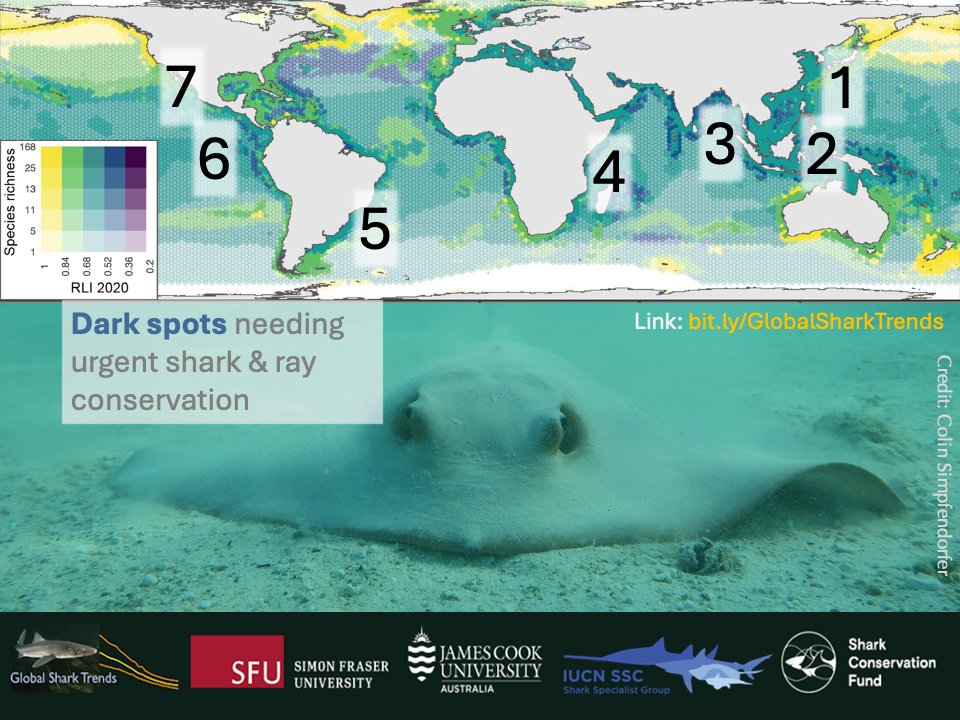
Wade VanderWright 🌊🦈
@wvanderwright
Marine Biologist. PhD Student - Dulvy Lab @E2ocean. Gill Physiology, Metabolism, Population Dynamics.
ID: 732735784961204230
https://wadevanderwright.weebly.com/ 18-05-2016 00:53:19
455 Tweet
249 Takipçi
577 Takip Edilen

Hot off the press! Out now in Current Biology "Maternal investment evolves with larger body size and higher diversification rate in sharks and rays" Read here: authors.elsevier.com/a/1jCxB3QW8S6E… Massive thanks to my co-authors Matt Pennell Kara Yopak and Nicholas Dulvy








New #GlobalSharkTrends study published in Science Magazine reveals that #overfishing has more than halved shark & ray populations over the past 50-years causing widespread erosion of ecological function and exceptionally high extinction risk 👉🏽Full article bit.ly/GlobalSharkTre…


New #GlobalSharkTrends analysis funded by Shark Conservation Fund serves as a #wakeupcall for urgent action to turn the tide for these extraordinary animals: bit.ly/GlobalSharkTre… 🧵2/20 #EndOverfishing #SustainableDevelopmentGoals



The Red List Index (RLI) is based on the @IUCNSSC IUCN SSC Marine Conservation Committee -on BlueSky IUCN Red List assessments and is widely used to report on the status of terrestrial biodiversity and the effectiveness of conservation actions, yet there is no equivalent for the oceans #GlobalSharkTrends


#GlobalSharkTrends Since we wrote the paper Colin Simpfendorfer coded a mesmerizing GIF of the Red List Index for sharks, rays & chimaeras 🧵7/20

#GlobalSharkTrends Here is another Colin Simpfendorfer GIF of Shark & Ray Red List Index by habitat 🧵8/20














